Kindergarten
Content Objective: I can demonstrate comprehension of Earth’s materials by observing and comparing sand, rocks, and pebbles using a magnifying glass, tweezers, and screens.
Language Objective: I can draw and label my sand sample.
Vocabulary: Earth material, non-living, sand, rock, pebbles, magnifying glass, tweezers, screen
E.SE.00.11 Identify Earth materials that occur in nature(sand, rocks, soil, water).
First Grade
Content Objective: I can demonstrate knowledge of animal life cycles by observing ladybugs and learning about how it grows and changes through it’s life cycle compared to a mealworm and frog life cycle.
Language Objective: I can cut and paste the ladybug life cycle in the correct order and orally describe to my partner how the ladybug grows and changes
Sentence Stems:
First the ladybug starts as a small _________.
Then it changes into a ___________.
It looks like a _________.
Next it changes into a _____________.
Then it changes into a _____________.
Lastly, it becomes an adult __________.
Vocabulary: characteristics, life cycle, change, grow, egg, larva, pupa, young, adult
L.OL.E.2 Life Cycles- Plants and animals have life cycles. Both begin life and develop into adults, reproduce, and eventually die.
L.OL.01.21 Describe the life cycle of animals including the stages.
Second Grade
Content Objective: I can demonstrate comprehension of a plant’s life cycle by cutting and pasting the pictures of how how a plant grows and changes through its life cycle.
Language Objective: I can write to explain the stages in a plant life cycle using science vocabulary and transition words (First, Next, Then, Finally).
Vocabulary: life cycle, stages, see, sprout, seedling, adult, bud, blossom, flower
L.OL.E.2 Life Cycles- Plants and animals have life cycles.
L.OL.02.22 Describe the life cycle of familiar flowering plants include the following stages: seed, plant, flower, and fruit.
Third Grade
Content Objective: I can demonstrate knowledge of Earth’s natural resources by classifying various natural resources into renewable or nonrenewable resources.
Language Objective: I can draw and write to explain why a certain resource is considered a nonrenewable or a renewable resource.
Sentence Stems:
This is a picture of a ______________. It is a _____________resource because ________________.
Vocabulary: natural resource, renewable, non-renewable, replaces, classify
E.ES.03.41 Identify natural resources (metals, fuels, freshwater, soil, etc.)
E.ES.03.43 Classify renewable and nonrenewable resources.
Fourth Grade
Content Objective: I can demonstrate knowledge of food chains by identifying producers and consumers(herbivores, omnivores, and carnivores) and how they create a food chain when they rely on each other for a source of energy.
Language Objective: I can write to explain one of the food chains created using the following transition words:
First_____________.Next, __________________. Then,___________________________. After that_____________________. Finally____________________.
Vocabulary: food chain, source of energy, producer, consumer, decomposer, herbivore, omnivore, carnivore, predator, prey
L.EC.04.11 Identify organisms as part of a food chain or food web.
Fifth Grade
Content Objective: I can demonstrate comprehension of the Respiratory System and it’s parts (organs) by experimenting in an activity called “Out of Breath” to see how organs work together to help me breathe while doing various exercises(sitting, walking, jogging).
Language Objective: I can draw and write to explain my results on a line plot graph showing how my breathing changes with various activities.
Vocabulary: system, Respiratory, breathe, nose, mouth, trachea, lungs, bronchial tubes, alveoli, diaphragm, energy, air, oxygen, carbon dioxide
L.OL.05.41 Identify the general purpose of selected animal systems.
L.OL.M.4 Animal Systems- Multicellular organisms may have specialized systems that perform functions which serve the needs of the organism.
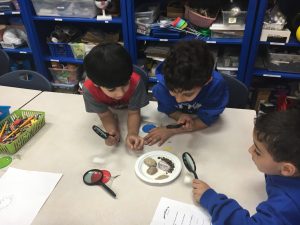
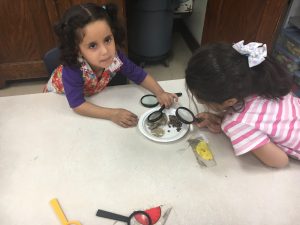
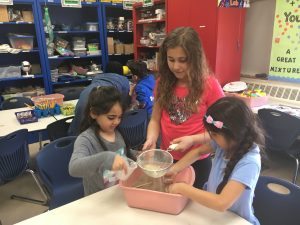
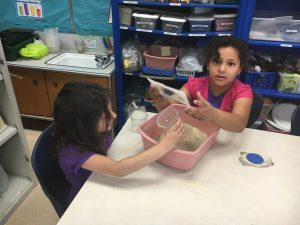
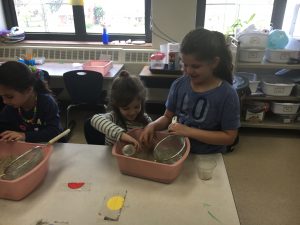
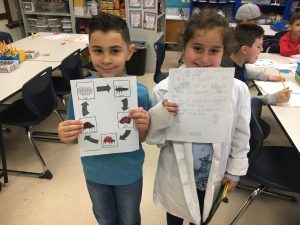
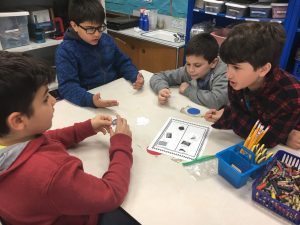
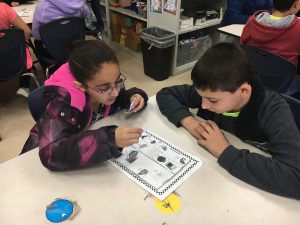
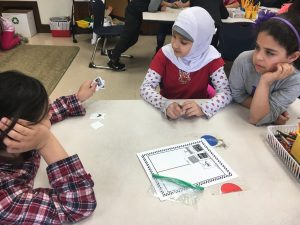
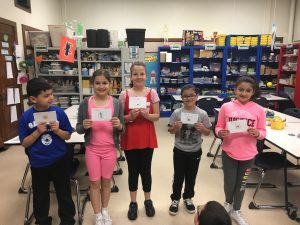

Leave a Reply